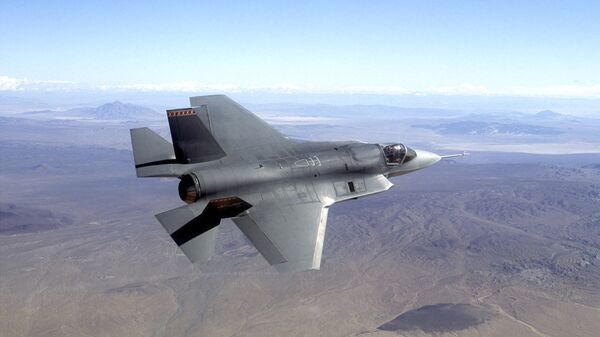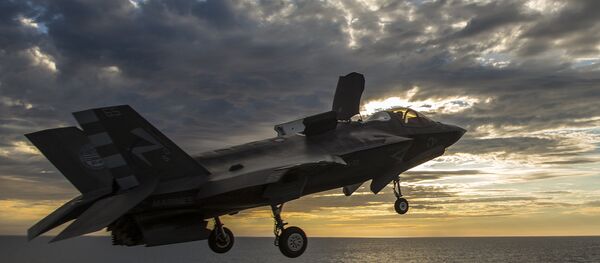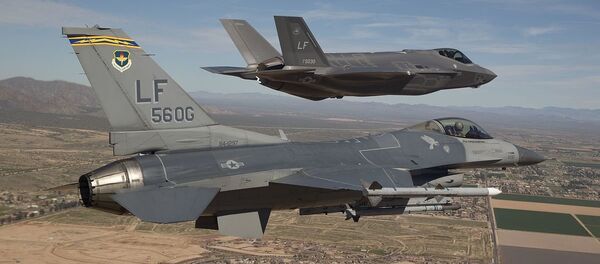A drastic uptick in the number of F-35As acquired by the USAF in 2018 could drive program costs even further north of the estimated trillion-dollar-plus program, Defense News reported in February.
And Lockheed, the jet’s maker, has already lagged in furnishing the Pentagon with its pricey jets.
The Air Force was short 75 F-35s that it had planned for in 2014, Vice Chief of Staff Gen. Steven Wilson said the same month.
The Air Force requests 46 new F-35As, which run just under $100 million per aircraft, in the latest budget. In 2017, the USAF added 48 stealthy fifth-generation fighters. The Obama administration had called for 44 F-35As in 2018.
The final number of F-35s joining the fleet nonetheless “remains fluid,” an Air Force spokesman told Military.com.
Australia’s F-35As were grounded in March because aviators worried they couldn’t make it through thunderstorms, which is somewhat ironic for a jet sometimes referred to as Lightning II. And pilots weighing less than 135 pounds will only start training on the jets later this year, after faults in the pilot ejection seat led to “elevated level of risk” for lethal neck injuries for lighter pilots, issues that have only recently been resolved through a series of workarounds, including redesigned helmets.
While the Air Force says it wants to bolster its ranks of ready-to-fly pilots, it’s already experienced significant pilot drain, according to an April Sputnik report. The Air Force told industry leaders last month that it might implement a “stop-loss” condition restricting experienced pilots from leaving the service.
The Pentagon actually wants to increase its number of airmen to 350,000 by the early 2020s, Gen. David Goldfein said in comments published on Military.com.
Pilots won’t be getting retention bonuses for staying with the service past their agreed terms in the 2018 budget, an Air Force spokesman said, but said that the service would continue to pursue more bonuses for pilots.
The Department of Navy, meanwhile, will “not see a growth in force structure [in FY2018],” nor will there be “growth in the shipbuilding plan,” and finally will not experience “a robust modernization plan,” acting Defense Department comptroller John Roth told reporters on Tuesday.




